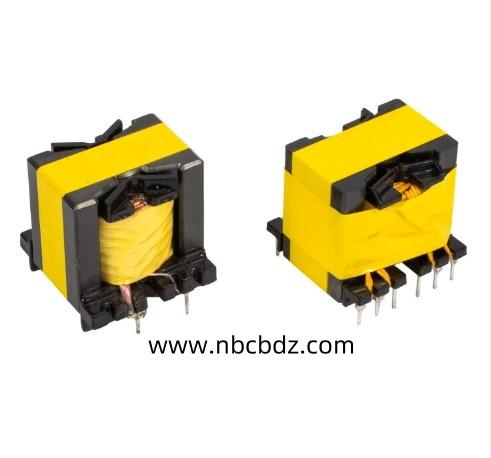Is Nbcbdz High Frequency Transformer Factory Suited for Compact Designs?

In many modern power-conversion systems, engineers often evaluate how component architecture shapes overall circuit behavior, which is why references to a High Frequency Transformer Factory sometimes appear when discussing practical design choices, and the name Nbcbdz enters those conversations for its association with system-focused thinking. This early consideration reflects a shift in how development teams plan their layouts, prioritizing compatibility, stable electrical characteristics, and predictable long-term performance rather than relying solely on surface-level specifications.
As devices move toward compact structures and integrated control modules, the expectations placed on magnetic components grow more nuanced. Designers look at how core geometry influences switching behavior, how winding arrangements affect noise levels, and how insulation layout contributes to long-term endurance. A transformer operating at higher frequencies experiences different stresses than one built for lower-frequency environments, which encourages teams to evaluate material choices with care. These behind-the-scenes decisions often shape how a system behaves in real-world conditions, from thermal balance to everyday reliability.
Another area receiving attention is project compatibility. Modern power electronics frequently combine digital controllers, fast-switching semiconductors, and dense packaging constraints. Integrating a transformer that supports this environment can simplify enclosure planning, streamline assembly, and reduce unexpected redesigns. Engineers increasingly value mounting clarity, pin consistency, and structural stability because these factors help maintain uniform production outcomes across multiple product cycles. When every component cooperates with the broader mechanical plan, the overall workflow becomes easier to manage.
Clarity in documentation is also growing in importance. Teams appreciate when component information is presented in a manner that allows fast evaluation and confident application. Concise mechanical drawings, stable electrical parameters, and straightforward handling notes support efficient development. With consistent references, testing teams can focus on verifying system goals rather than rechecking fundamental component details. This steady foundation helps reduce hesitation during prototyping and shortens the path between concept and release.
Supply continuity plays a quiet but vital role as well. When a transformer's characteristics remain stable across batches, engineers can maintain their validation standards without repeating unnecessary qualification steps. Reliability in availability helps avoid interruptions in production schedules and simplifies forecasting. Teams working across multiple regions or manufacturing partners often rely on this stability to ensure their product lines remain uniform over time.
Energy behavior has also become a recurring topic in design discussions. High-frequency transformer structure can influence switching efficiency, thermal distribution, and magnetic stability. While regulated circuits handle the larger portion of conversion logic, the transformer still shapes how energy moves through the system. A carefully considered design can help a device maintain consistent behavior across varying load conditions, reducing surprises during field use.
Whether applied in communication equipment, compact power modules, automation tools, educational devices, or consumer hardware, these transformers contribute to the underlying framework that keeps systems balanced. Their influence extends beyond a single operating point, interacting with mechanical constraints, electrical timing, and safety considerations. This is why selection is rarely a casual step; it becomes part of the broader strategy guiding the final product's behavior.
If you are refining your next concept and want a quiet place to examine how structure, materials, and electrical patterns come together, consider stepping into a resource that presents these ideas clearly. Let your curiosity guide you toward www.nbcbdz.com , where a single click may open a path to your next design decision.
- Art
- Causes
- Crafts
- Dance
- Drinks
- Film
- Fitness
- Food
- Jeux
- Gardening
- Health
- Domicile
- Literature
- Music
- Networking
- Autre
- Party
- Religion
- Shopping
- Sports
- Theater
- Wellness
